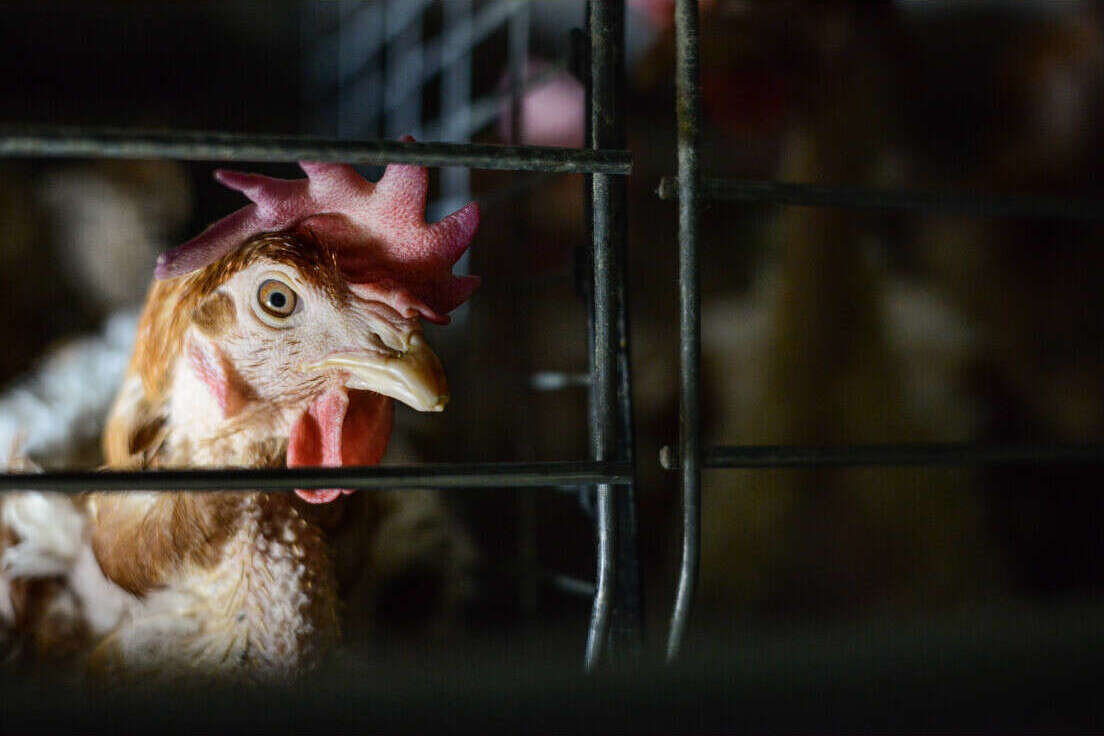
Herein I contemplate 1 both the environmental impact and the ethics of animal farming compared to crop farming.
Livestock farming including feed production is the largest contributor to ecosystem degradation and biodiversity loss on Earth.[1] It accounts for about 75% of all agricultural land on Earth, and nearly 33% of the ice-free land surface. This makes animal agriculture the single largest human land use type on Earth.
Considering the Amazon region alone, it is estimated that 135 species of plants and animals are lost every day due to rainforest destruction. Animal agriculture is recognised as one of the leading causes of this species loss.[2][3] Most soybean growth in the Amazon is for livestock farming, not for humans. 80% of all Amazonian soya grown is for cattle feed. 60% of all cleared land is used for pasture.[4]
In sharp contrast, a plant-based human diet is less environmentally destructive, and is a viable and healthier option. For example, beef requires on average 31 times more land than does soybean protein.[5]
1 kg protein from beef requires 377 m2 of land.
1 kg protein from pork requires 107 m2 of land.
1 kg protein from chicken requires 39 m2 of land.
1 kg protein from soybeans requires 12 m2 of land.
Soy and other legumes are excellent sources of protein, and plant-based protein sources can satisfy our amino acid dietary requirements.[6] Consequently, it is possible to greatly reduce the impacts of animal consumption on natural ecosystems and biodiversity without compromising human health and wellbeing. Specifically, the data suggest a dramatic reduction in animal consumption, especially that of ruminants (cows, sheep, goats), irrespective of our past behaviour and preferences.
But there is another reason why I now try to eat and think vegetarian. It's an ethical one. I admit that it is complex and controversial.
In the US, about 97% of all pigs raised in Concentrated Animal Feeding Operations (CAFOs), or factory farms for short. As at December 2019, there were 77.3 million pigs in the US of which 3.2 million were farrowing sows, that is, sows nursing a piglet litter. 11.4 million pigs were slaughtered in the US in 2019, up 9% from 2018.[7][8]
A female breeding pig (sow) likely leads a very unnatural life. Along with about 65% (in 2010) of all sows in the US, she is completely immobilised. First in a gestation crate during pregnancy, and then in a farrowing crate while nursing her litter of piglets. The piglets are removed, she is artificially inseminated, and the cycle is repeated twice a year until she is slaughtered.[9][10] Many such sows show signs of learned helplessness[11] and repetitive movements.[12]
Chickens suffer the most abuse. By 2020 there were more than 33 billion chickens globally, far exceeding the number of humans.[13] In the US, more than 9.3 billion chickens are slaughtered each year, and 0.3 billion hens are egg layers.[14] By far the majority live in abject confinement in crowded battery cages until they are killed.[15][16]
For most of my life, I paid no heed to how food ended up on my dinner plate. Yes, I knew about a value chain which began with the maize field and pig-pen and battery chicken, and ended with nice conversations over dinner. But any serious ethical consideration I might have had for how the animals were treated and for the extent of their contribution to this value chain was mostly put aside. I necessarily turned a blind eye. That is, until recently.
I began to contemplate the rich organic heritage which I share with other animals, especially the hairier ones. I began to understand that to disregard their welfare would, in part, be to disregard my own. I feel happier now knowing that I am less of a consumer in a value chain in which the essential producers are manifestly sentient. They feel pain. They have memory and memories. They experience familial kinship. They have powerful parental instinct. They share these attributes with us. They share them with me.
What we choose to eat matters. It matters to Earth's environment, and it matters to the animals we confine, process, kill, and whose bodies we eat. To meat or not? The data suggest it is time to listen, for their unspoken words are shouting.
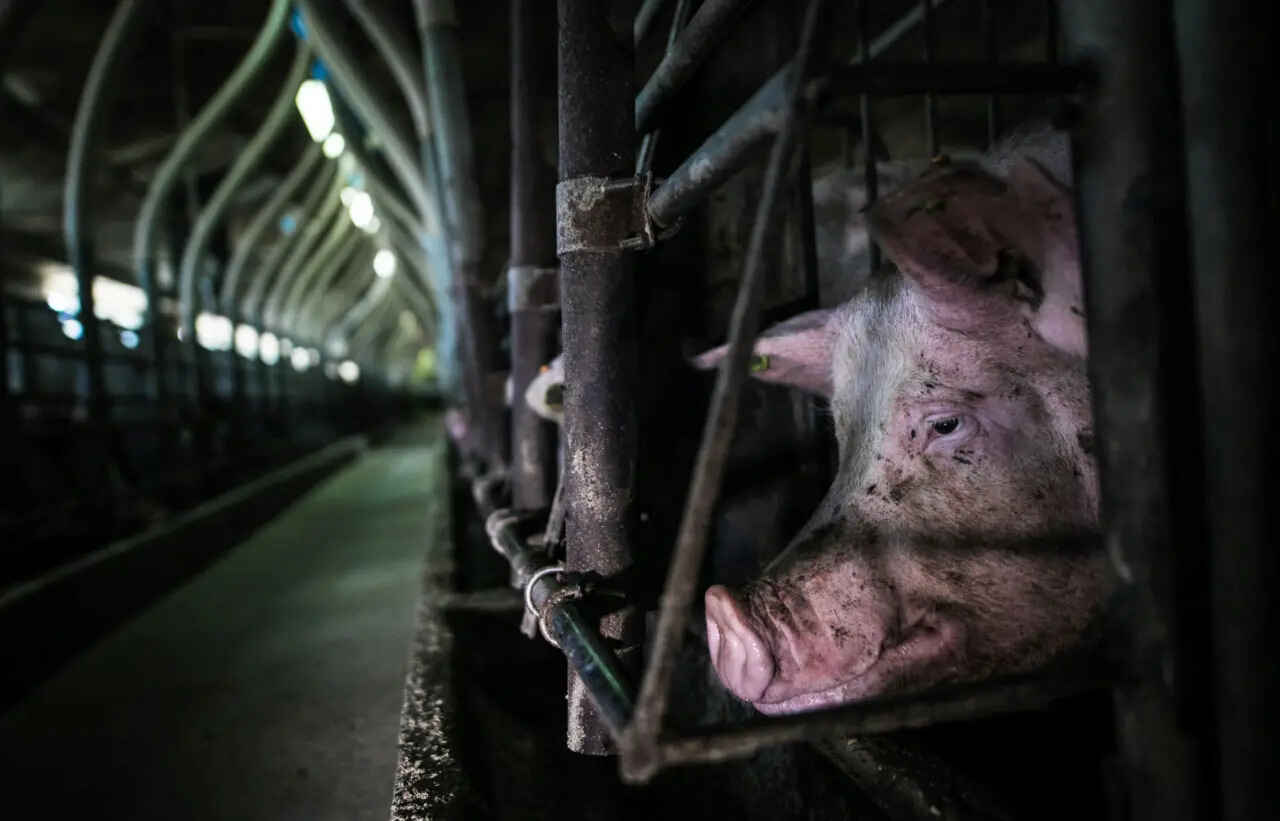
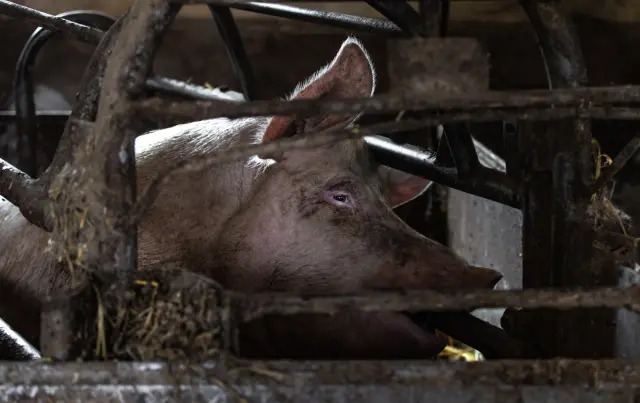
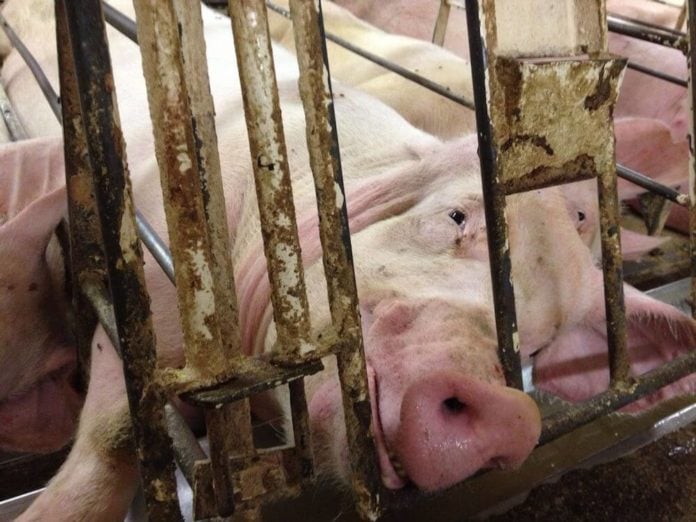
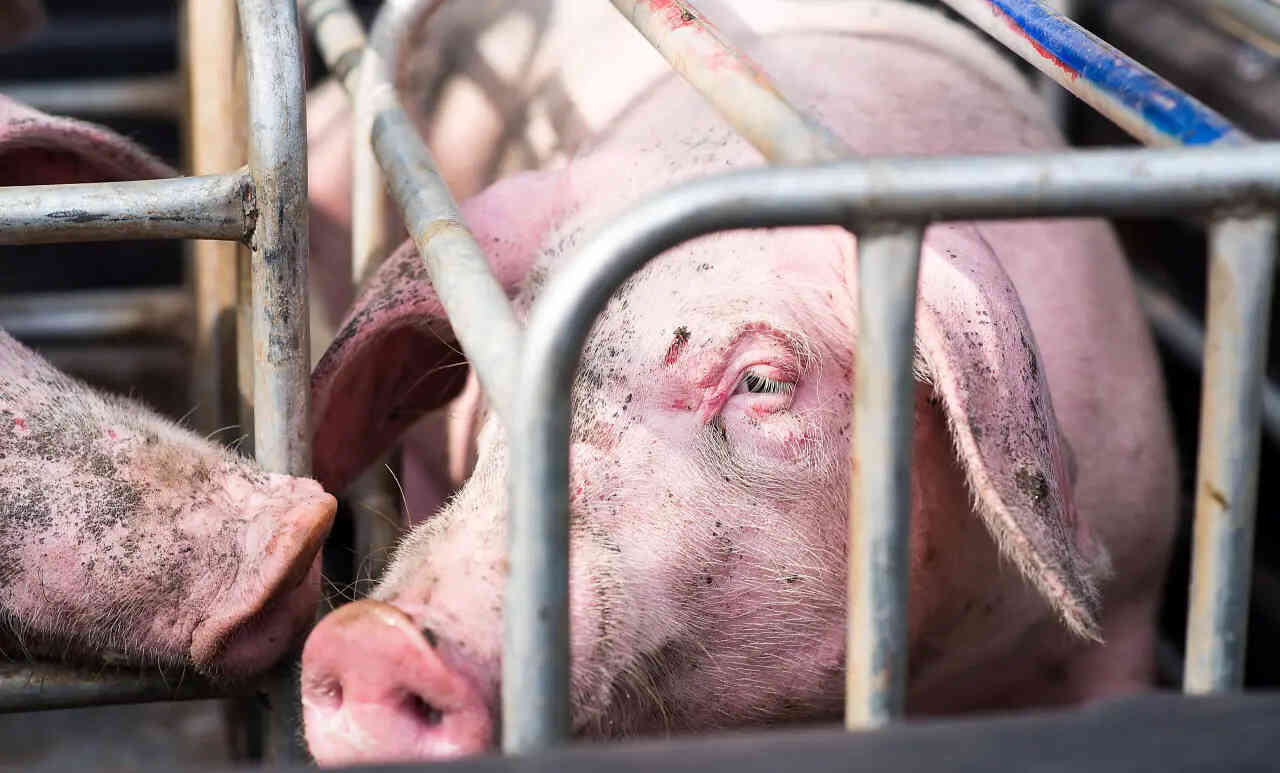
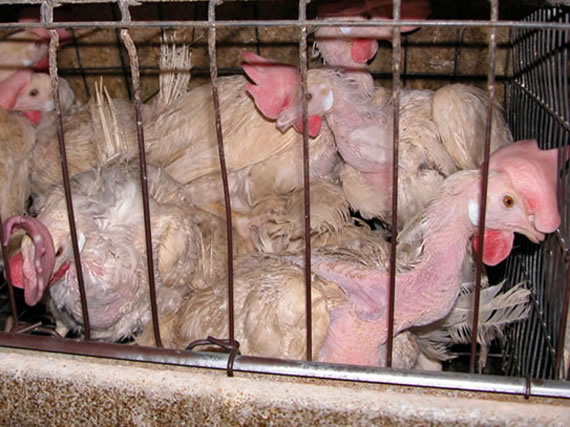
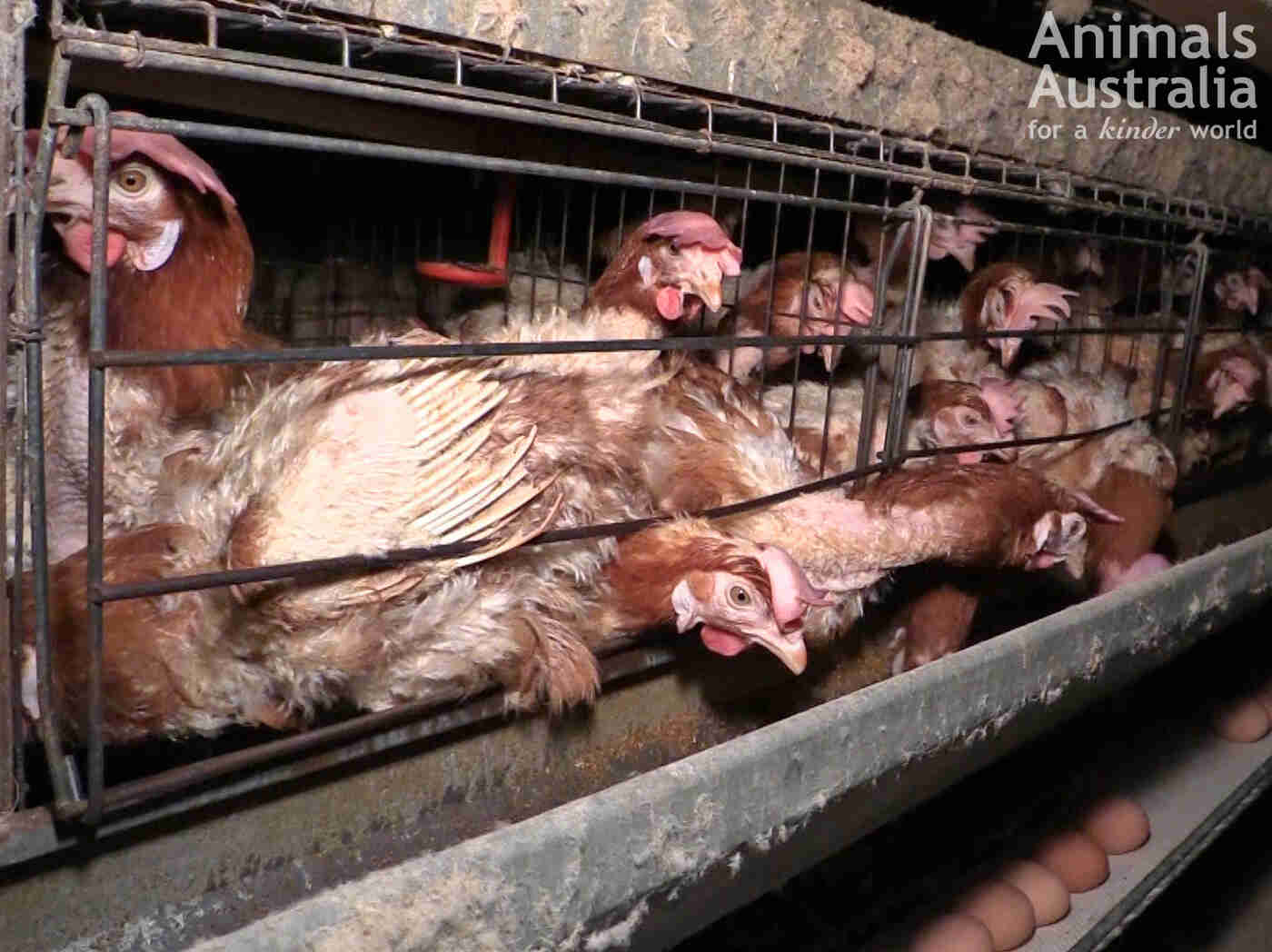
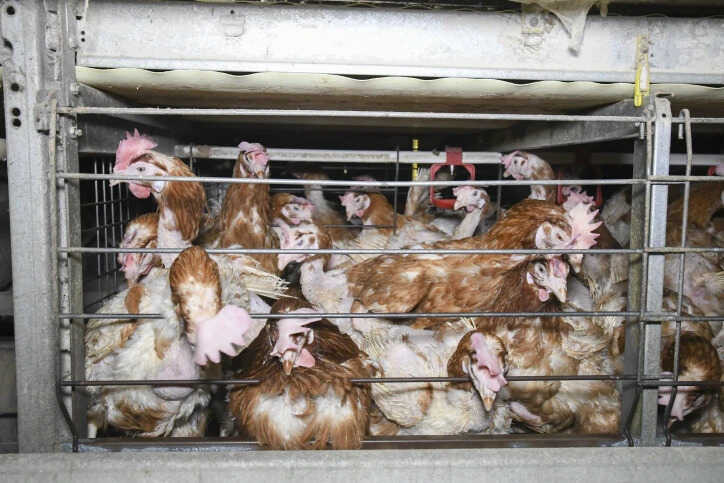
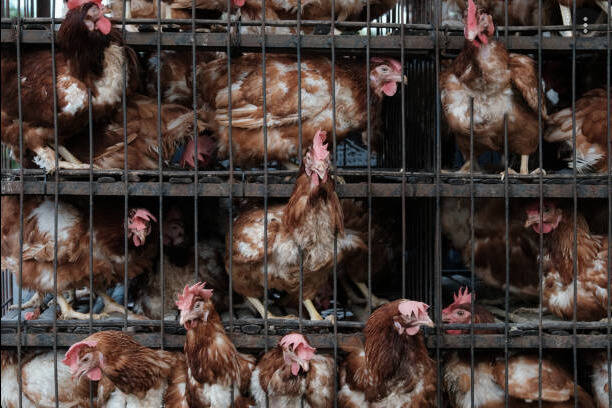
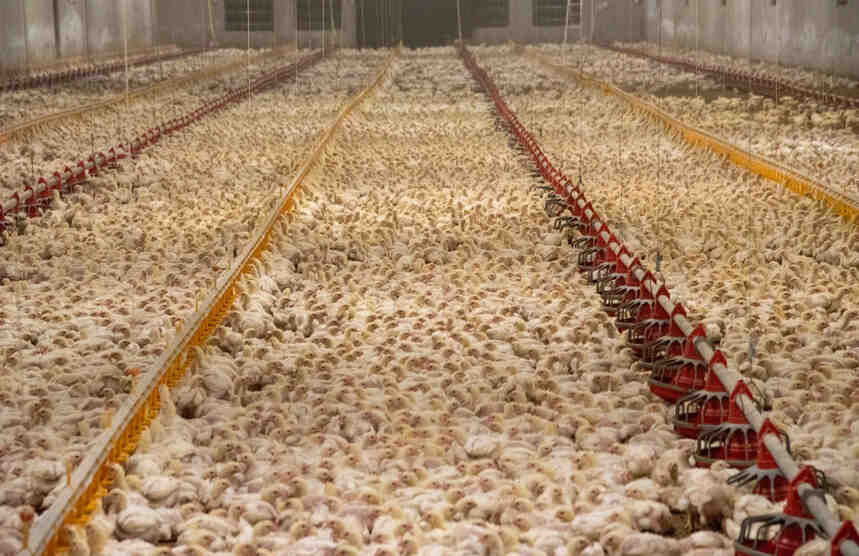
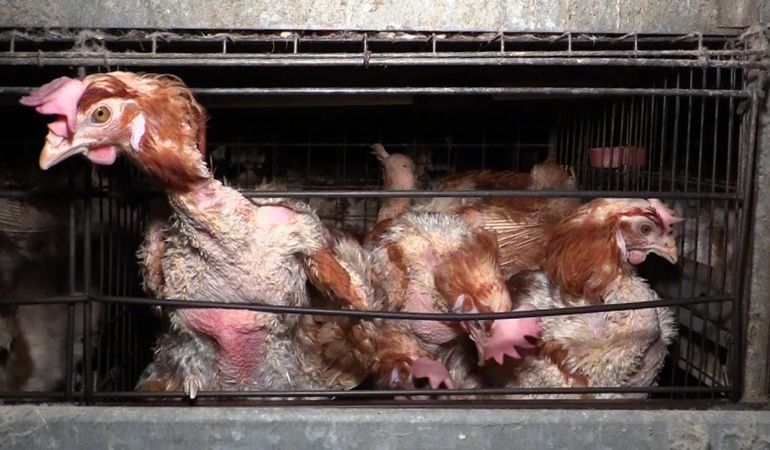
Download PDF to-meat-or-not.pdf (1.15 MB)